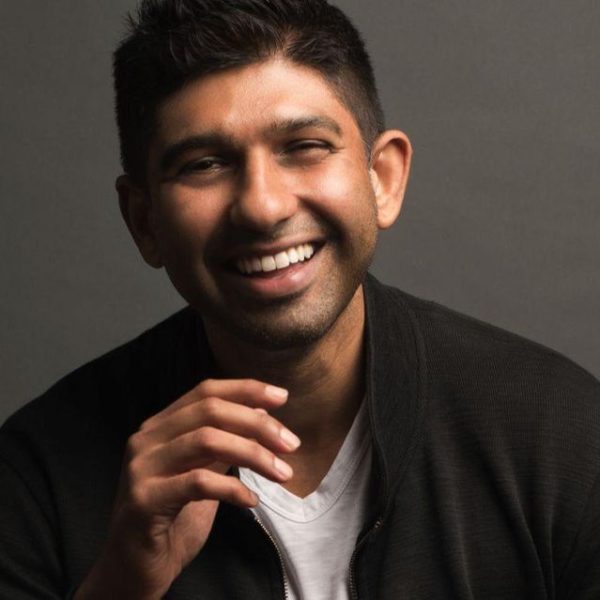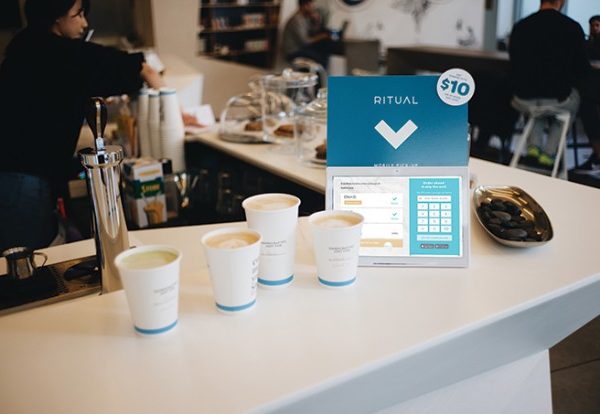
HE SOLD HIS FIRST BUSINESS TO GOOGLE AND JUST RAISED $120 MILLION FOR HIS NEXT STARTUP
Via Forbes.
Ray Reddy has raised millions of dollars in startup funds, sold a company to Google and is taking on the local business gauntlet in an innovative new way. Yet, he chose to exit Google and Silicon Valley to launch his latest venture.
In his exclusive interview on the DealMakers Podcast, Ray Reddy shared the pros and cons of the valley and his fundraising strategies.
The Art of Business
Always curious, Ray wondered if business was like math and science. He attended the University of Waterloo to study computer science, then a Masters of Business and Entrepreneurship and Technology.
He says he learned some good foundational principles, how to approach complicated problems, and how to learn quickly. Yet, when entering the business world he found that very little of what he learned had any practical knowledge of applicability. He says “it’s much more about common sense and experience than it is about definitive approaches and how to solve some of these problems.”
After school he went straight into corporate strategy at BlackBerry, doing M&A and venture investments. Yet, he has always not only had a lifelong craving for learning, but a passion for building something and building something that he found had a purpose.
What Google Gets about M&A
The mobile phone was starting to consume other portable electronics. It quickly began to absorb portable navigation, portable GPS, handheld units, and portable media players. Yet, no one seemed to be addressing it. Ray Reddy decided to go solve it himself and built a team of people to go after it.
That startup became PushLife.
Prior to the iPhone, they focused on building an experience that made it very easy for people to move content back and forth between their phone and their computers, specifically music. It took normal phones, and it gave them an iPod-like experience on Android, BlackBerry, and Nokia. PushLife ended up licensing software to major carriers.
It was so successful it was acquired by Google. After the acquisition, he was at Google for four years. First in the Canadian Google office in Waterloo. Then out in Mountain View at Google‘s headquarters.
He ended up running the mobile commerce team for one of their products. Then towards the end, Ray was actually part of the launch team for Google Shopping Express, which was their same-day delivery effort in retail.
The difference with companies like Google, according to Ray, is that they do hundreds of acquisitions a year. They really turn it into a mass production factory. It’s very organized. There are no games. They are very straight-up. From Ray‘s perspective, it doesn’t feel like anyone is trying to overly optimize a negotiation. It makes a lot of sense because the transaction is the beginning of the relationship.
Ray‘s opinion is that Google‘s M&A process is designed in a way to get a group of people that are energized and that deliver a lot of value over the upcoming years. Contrast that with some other acquisition approaches and the result is quite different.
Eventually, Ray found a big new problem to solve. He ultimately concluded that structurally, a big company wasn’t set up to solve this problem, even with all the resources a company like Google has.
Toronto vs. The Valley
Ray moved his founding team to Toronto. Not that the Valley isn’t a really interesting place. He says “On one hand, it is the capital of technology worldwide, but I think there’s also some really weird dynamics there.” The biggest one being that you’ve got a very high concentration of very wealthy people, and they’re all early adopters.
He points to the collapse of the entire on-demand space, everything from on-demand valets to cleaning services several years ago, and a massive false-positive from the Valley.
Because when you have places like Palo Alto where average household incomes are north of $2 million, you can fool yourself into thinking that there are enough people who will pay a big premium for convenience.
As Ray states, “the types of investors living in the Valley are not at all sensitive to paying a $10 delivery fee for having a $10 item brought to them.“ That doesn’t seem weird to them. When you look across average neighborhoods and cities in North America, that’s not necessarily true. You lose sight of that in the Valley. You lose sight of the average person.
Ray says “So, if you’re trying to build a mass market consumer product, you just have to be very careful of false-positives that can come from something working in the Valley“
Then the team went and looked at the reality of building talent there, and hiring, and cost, and a lot of those other things. They decided to move to Toronto instead.
Fundraising Strategy
Ray’s latest startup is Ritual which is a social ordering app that taps into networks of co-workers and colleagues for fast and easy pick-up and pay at a wide variety of local restaurants and coffee shops.
He has already raised $120 million in capital. Greylock led the Series A out of the Valley. Insight did the Series B out of New York. Georgian Partners led the C round out of Toronto.
Rather than waiting until funds are imminently needed to close a round, he says “I think about it differently which is you should always be talking to investors. Always having an ongoing conversation with investors.”
He’s always talking to the next stage of investors and trying to build that relationship. Fundraising comes down to trust, and do they trust your judgment? Do they trust that you can do what you say you’re going to do?
For Ritual, it’s never been about the investor that gives the highest valuation. It has been about who do you want to work with and who do you want to build this company with and spend time with.
He’s had a relationship with each one of those investors for about 9 to 12 months before the round. When it came time for fundraising, it was a no-brainer each time.
Today Ritual has a team of about 300 people globally.

